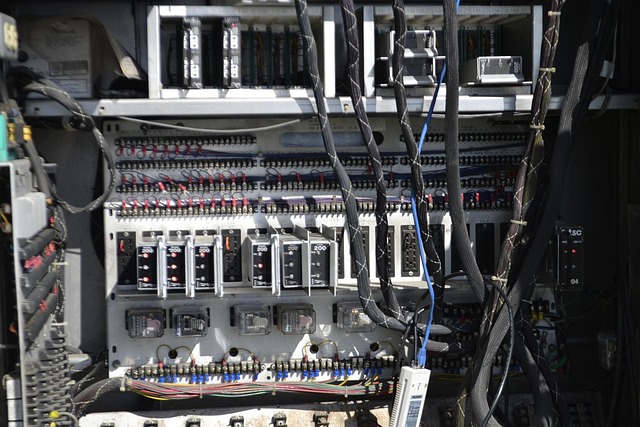In the ever-evolving landscapes of Virtual Reality (VR), Augmented Reality (AR), and the Metaverse, the importance of balanced sound cannot be overstated. As we delve deeper into these immersive experiences, the auditory aspect often takes center stage, subtly shaping how users interact with digital realms. Sound can evoke emotion, create tension, or provide crucial spatial awareness, making it a pivotal element in how we perceive and engage with virtual environments.
Virtual reality offers a complete sensory immersion, engaging users in a world where the lines between the real and the virtual blur. This is where balanced sound plays a critical role. Imagine putting on a VR headset, finding yourself in a lush forest. The rustling of leaves, distant animal calls, and the gentle flow of a nearby stream envelop you. If the sound elements are unbalanced—say the bird calls are too loud while the water is barely audible—it disrupts the immersion and can lead to a disjointed experience. Developers strive for that perfect equilibrium to enhance realism; the goal is for users to not just see the environment but feel it through sound, creating a cohesive narrative.
Similarly, in augmented reality, where the digital melds with the physical, balanced sound is crucial for ensuring that virtual elements feel like a natural extension of our environment. Picture walking through a city and seeing an informative hologram appear above a café. If the sound attached to this hologram is too muted or overpowering, the effect can range from comical to confusing. Incorporating ambient sounds—like traffic, chatter, or even soft background music—helps ground these digital overlays, enhancing the experience while maintaining a connection to the real world.
The Metaverse, with its vast interconnected spaces, demands a sophisticated approach to sound. Here, users navigate diverse environments, interact with different avatars, and engage in social activities. In this context, balanced sound fosters social presence and emotional connections. Imagine entering a vibrant virtual concert. To achieve the full experience, sound engineers must balance vocals, musical instruments, crowd cheers, and background echoes—creating a soundscape that mirrors real-life events. When done correctly, users are transported, feeling as if they are standing among thousands of other concertgoers, enveloped by sound that is both immersive and intricately balanced.
Applications extend beyond entertainment; educational platforms within VR and AR rely on balanced sound to convey complex information clearly and engagingly. An online classroom where students interact with 3D models benefits greatly when auditory cues—like explanations or instructions—are finely tuned. The optimal blend allows learners to absorb content intuitively without overwhelming auditory distractions.
As hardware advancements continue to flourish—from spatial audio technologies that strategically place sounds around the user to headphones specifically designed for immersive applications—the future of sound in immersive experiences looks promising. Developers, sound designers, and hardware engineers must collaborate to ensure that balanced sound remains at the forefront, helping to craft experiences that are not only engaging but also emotionally resonant.
During this journey into the realms of VR, AR, and the Metaverse, we must not forget that sound is more than just an accessory; it is an essential component of storytelling and experience. As we stride forward into increasingly immersive realities, the quest for balanced sound will undoubtedly shape the narratives we tell and the worlds we create.




